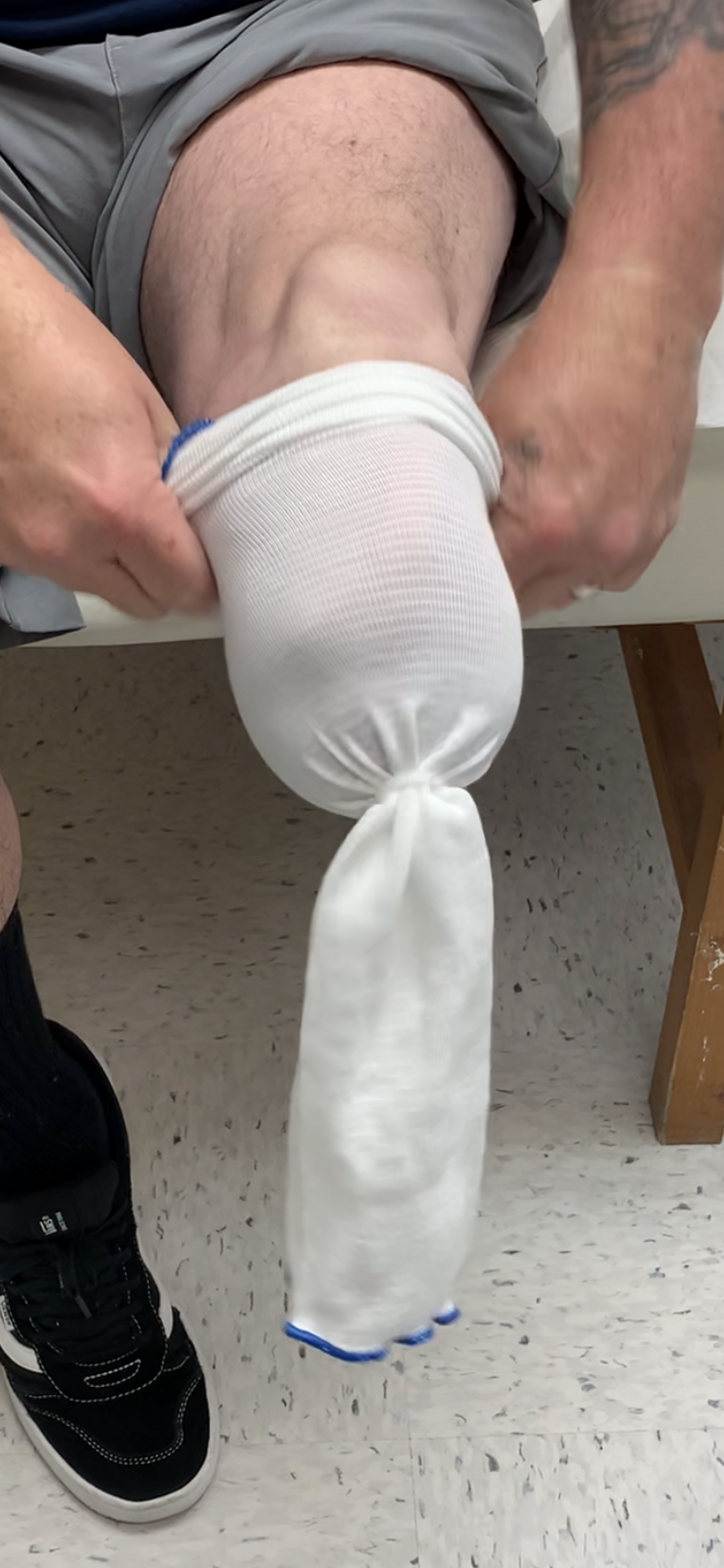
If you’re a new amputee, you probably have a lot of emotions and thoughts about receiving your first prosthesis. You might be imagining your new normal and cannot wait to regain more independence. You may be overwhelmed with the thought of the work it will take to be mobile once again. You might be feeling a little bit excited and nervous.
No matter your emotions, your prosthetist will choose a prosthesis that is best for you and fits comfortably. And while your prosthesis is being prepared for you, you can be just as prepared by:
Preventing Muscle Tightness
After your amputation, you were probably taught some exercises to help you recover. Now that you are past surgery and into a routine, it’s important to continue to perform those exercises. Stretching discourages your muscles from becoming tight, and instead helps your muscles become flexible and strong. Both your residual limb and your intact limb need to be in shape so you can move with the help of your prosthesis successfully.

Keeping Straight
If you received a lower extremity amputation, another way to prevent contracture is to keep your knee and hip straight while you are resting. When sitting, be sure to support your residual limb so it’s not hanging. Try lifting it up with an amputee board—a flat board that carries the weight of your limb—and do not use pillows or blankets to prop it up. If your amputation is above the knee, try your best to keep your residual limb as close to your other leg as possible. Allowing your residual limb to drift outward can make walking in a prosthesis more difficult later.
Desensitizing Your Residual Limb
Don’t be afraid to touch the skin of your residual limb. Your prosthesis will be in contact with it constantly! After your amputation, the skin of your residual limb will be delicate. Try gently tapping, massaging, or rubbing the end of the limb. As that becomes more comfortable, increase your pressure.
Wearing Your Shrinker
Even when your residual limb is fully healed, it will be swollen, and a shrinker will help it fit into a socket. As a new amputee, your shrinker should be worn 23 hours a day, except when you are bathing or washing the residual limb.
Caring for Your Limb Regularly
It’s vital to wash your residual limb and shrinker at least once a day. Both can be cleaned with water and mild soap. Use a washcloth and scrub your limb gently— and pay special attention to the back of your knees and the bottom of your limb. After rinsing, dry your limb thoroughly so moisture doesn’t get stuck. A shrinker, after rinsed well, should air dry completely.
To be fitted for a prosthesis or to learn more about Leimkuehler’s prosthetics design and fitting process, visit leimkuehleroandp.com.